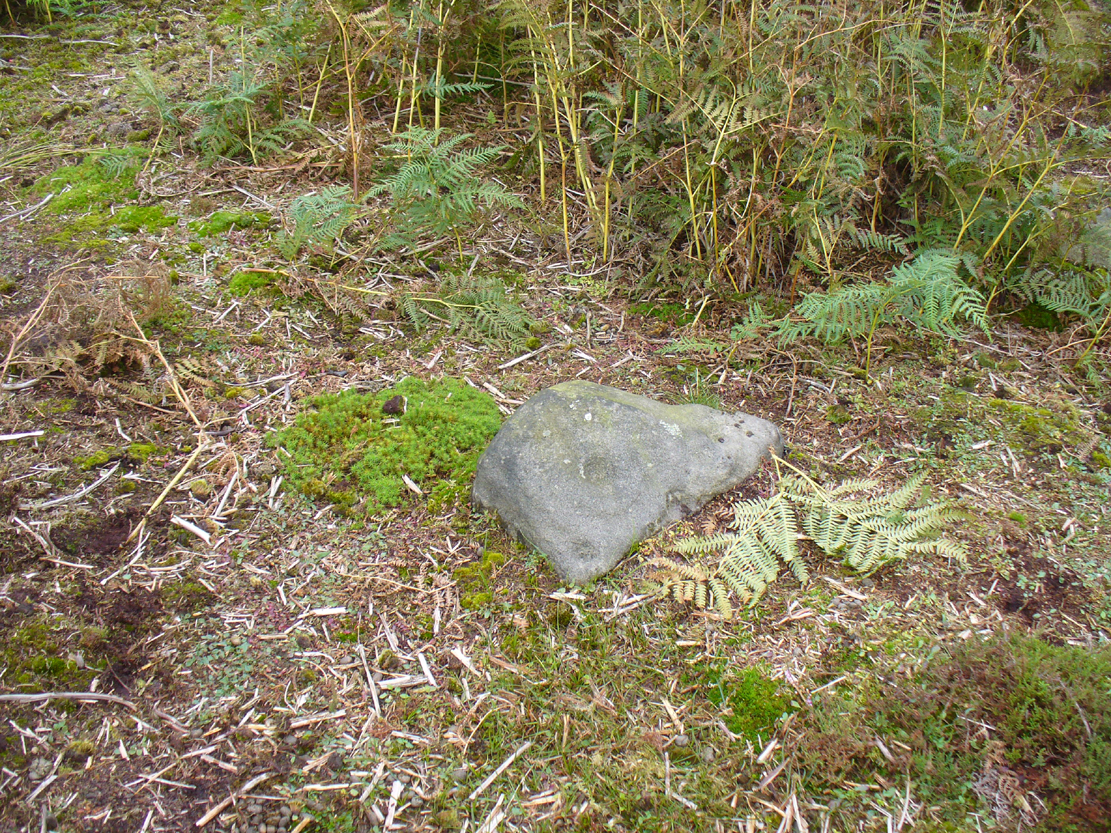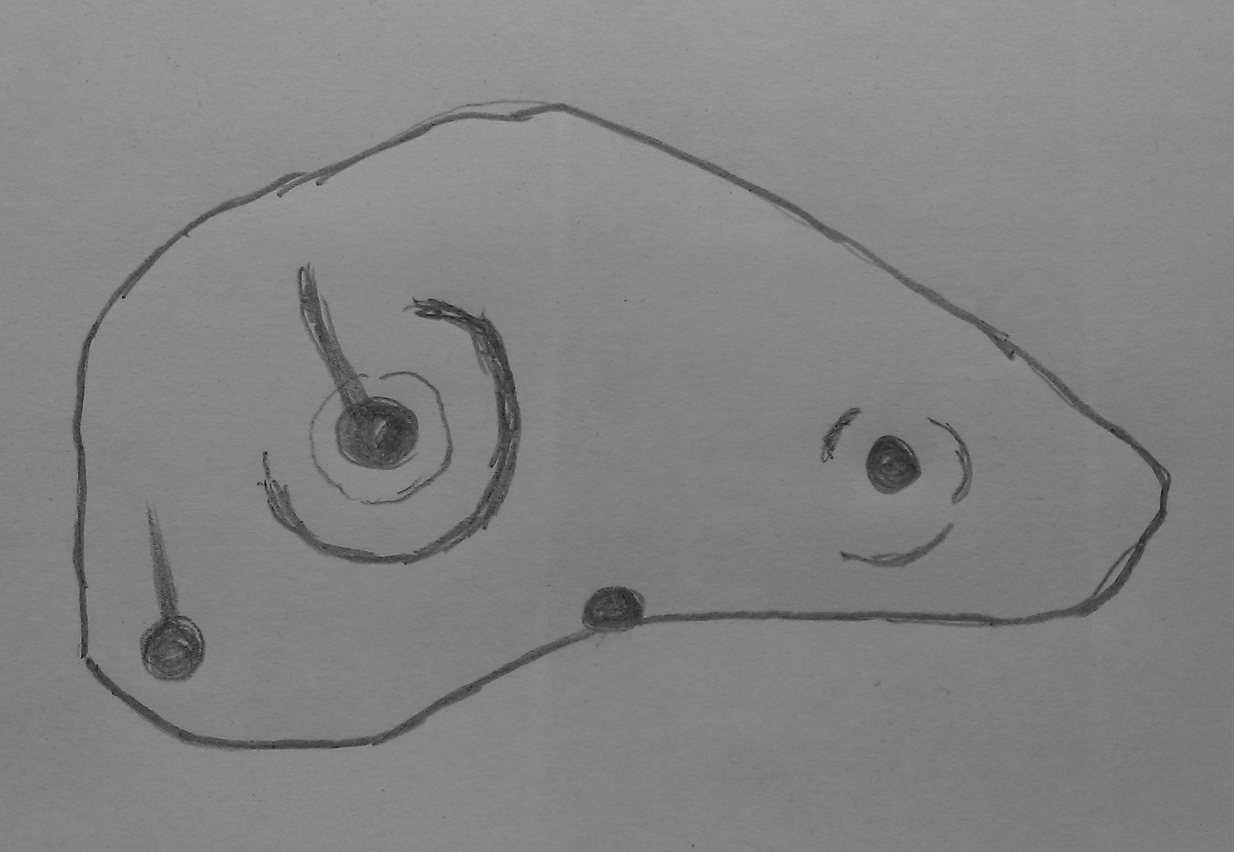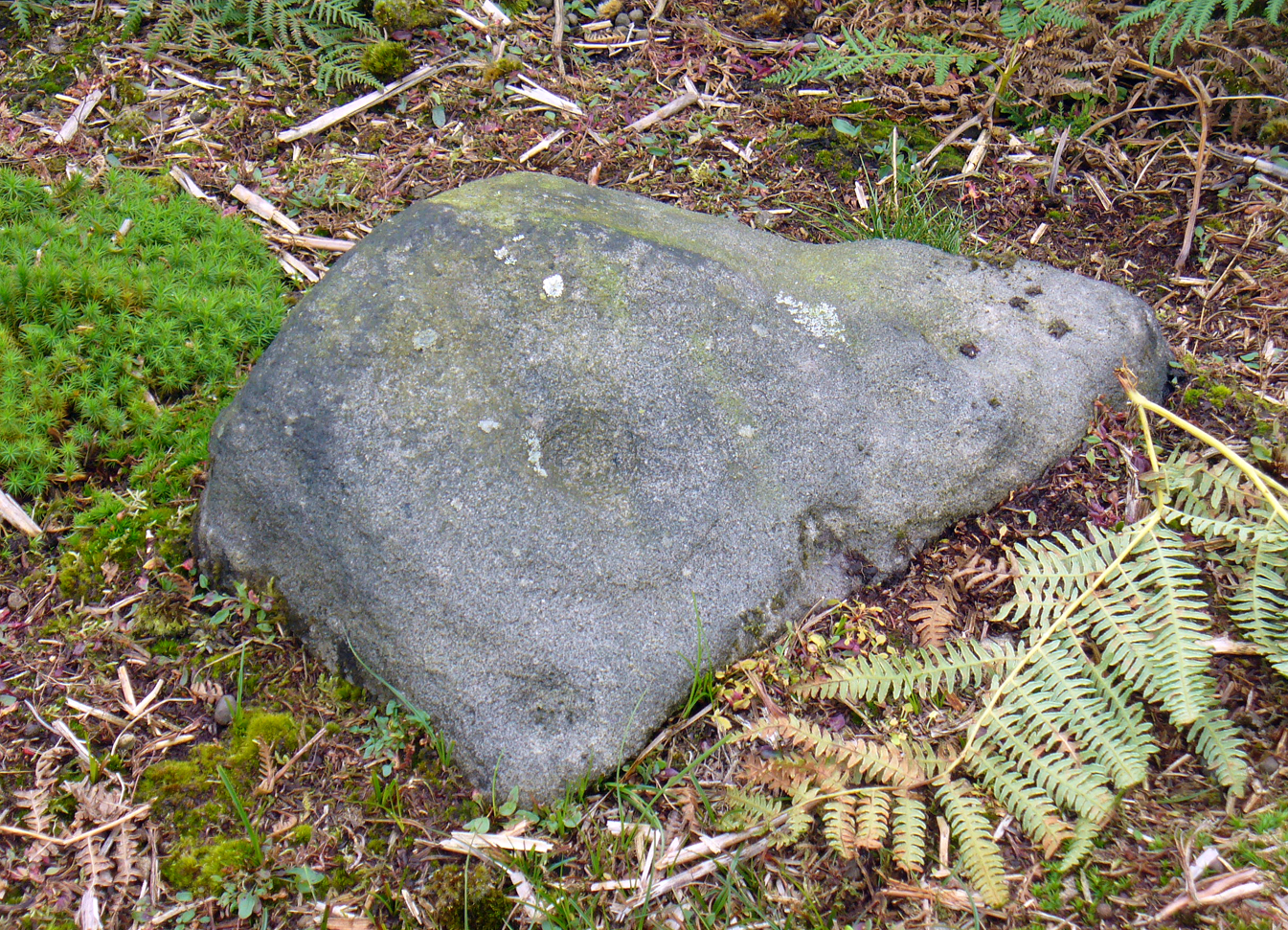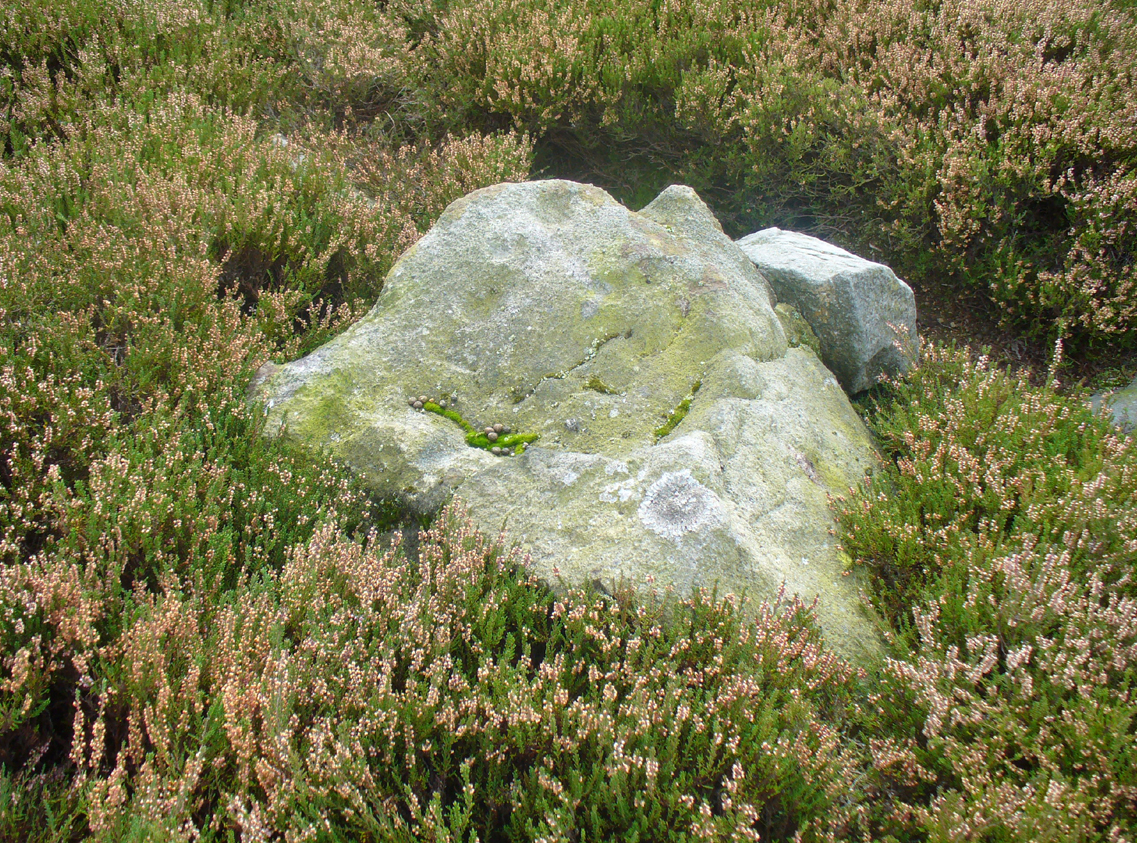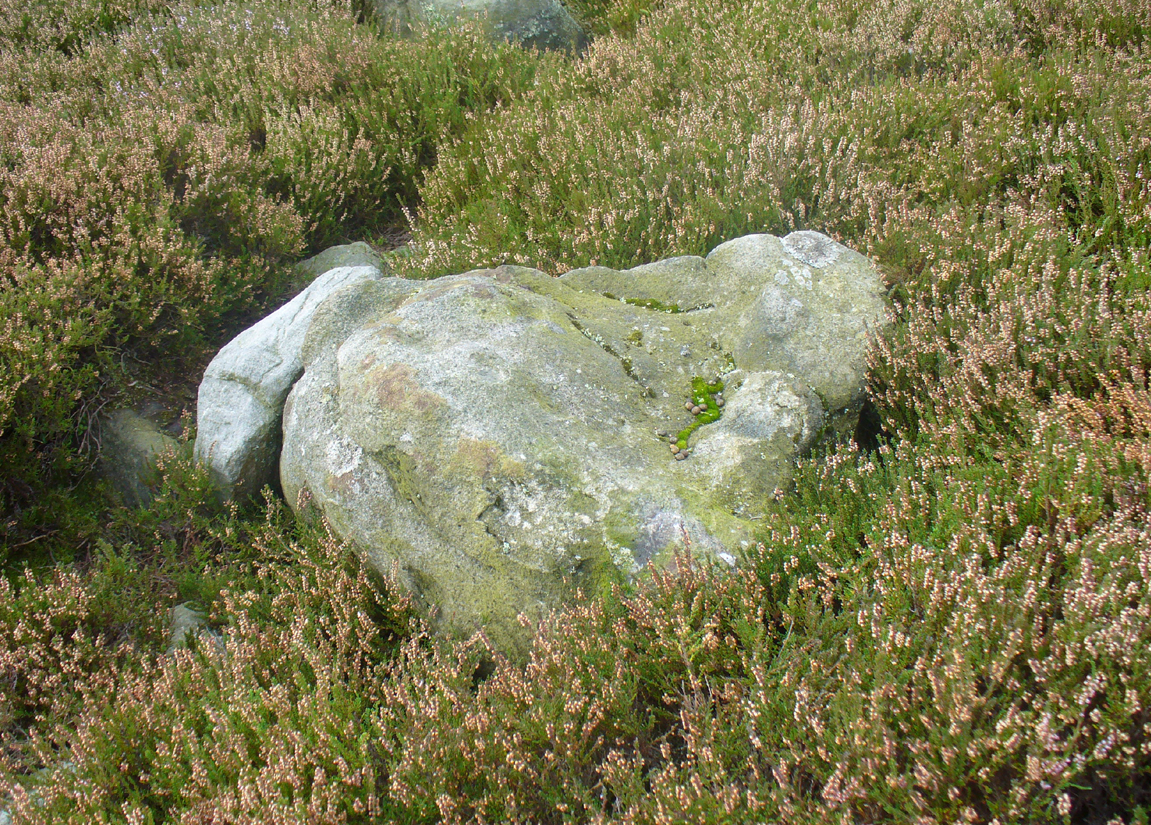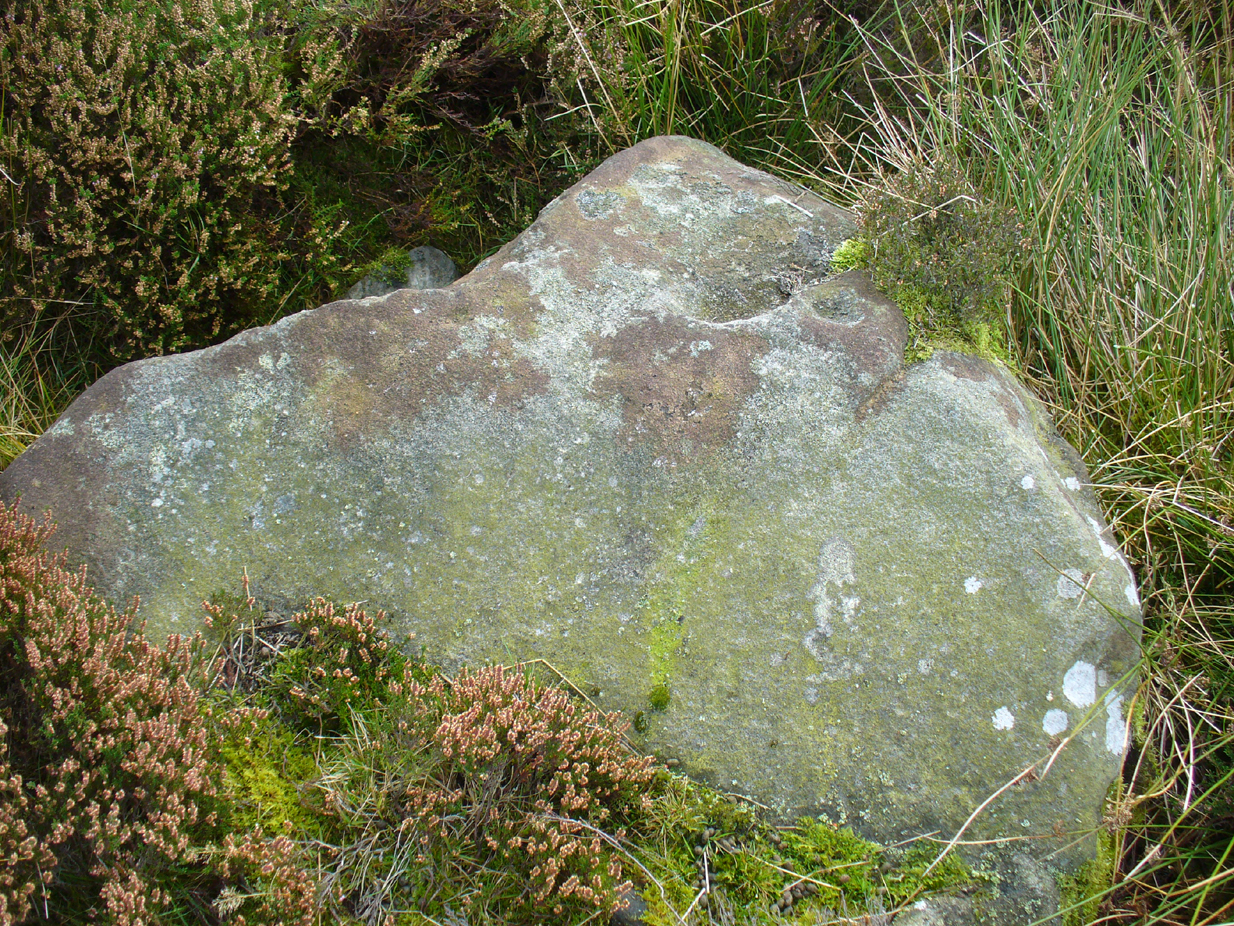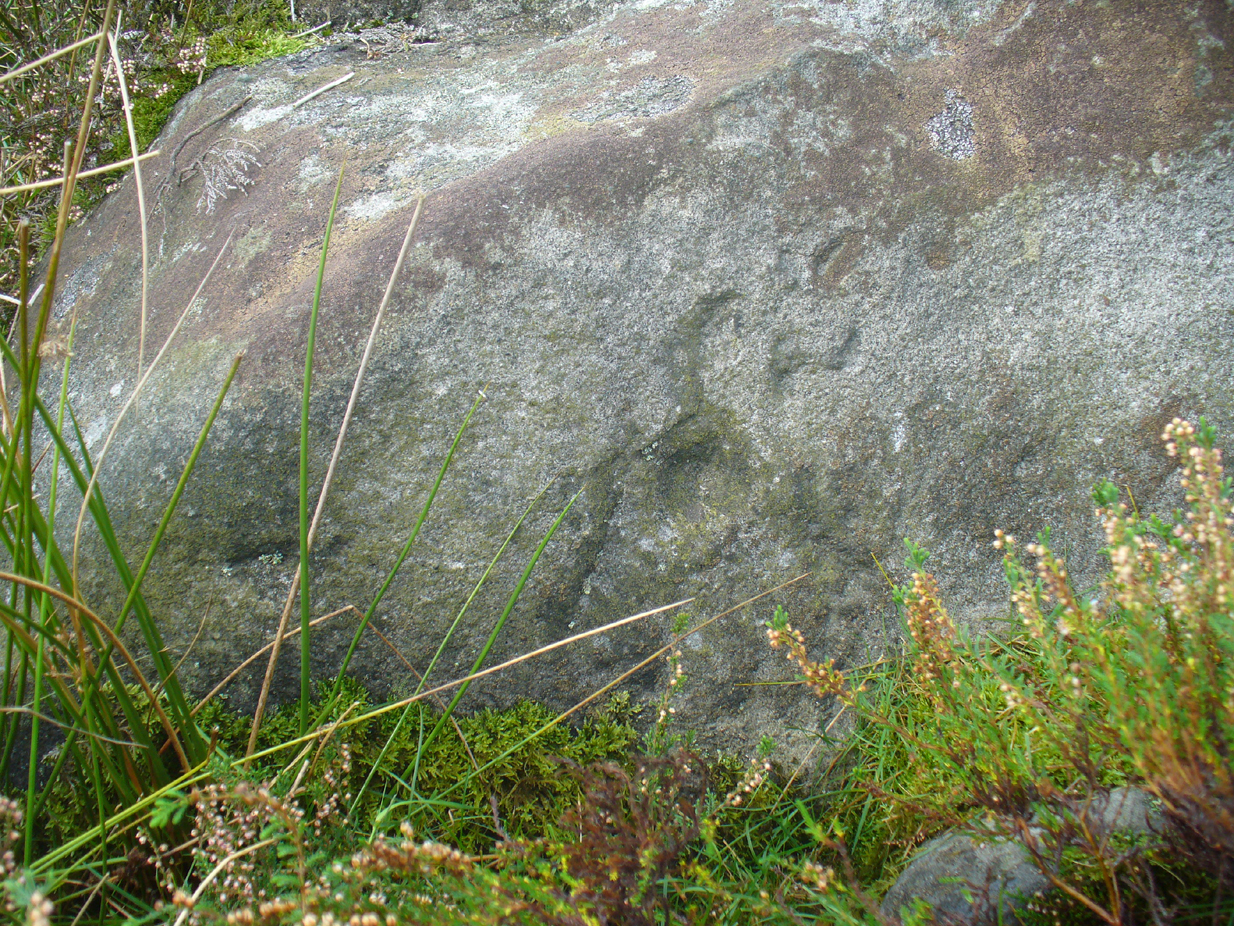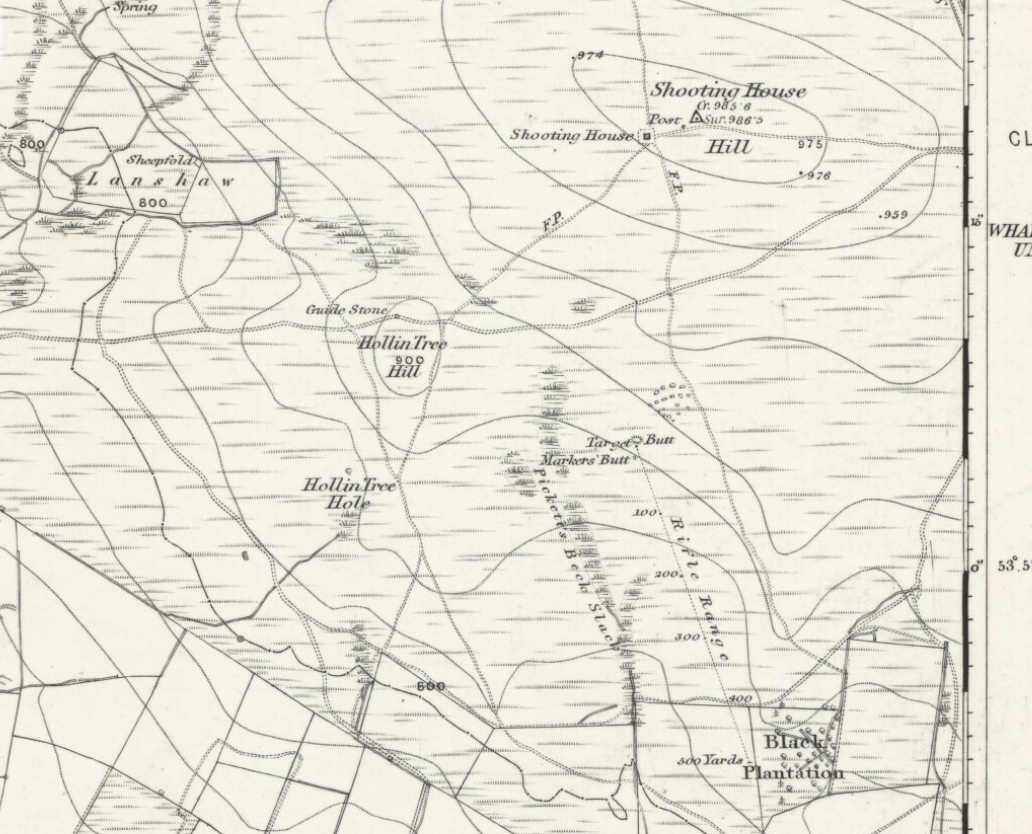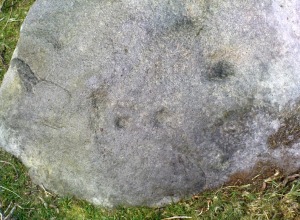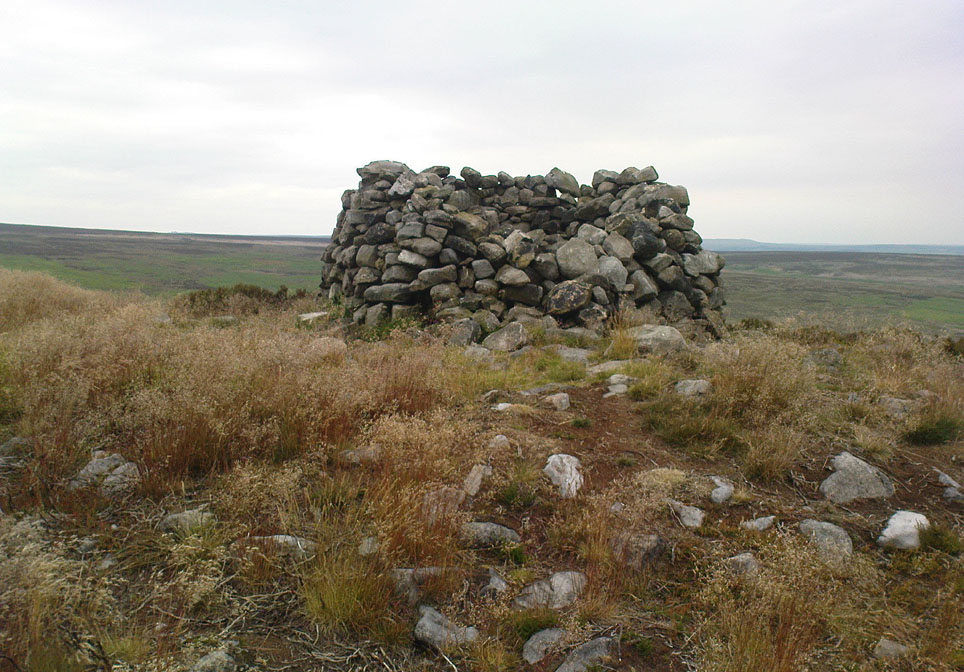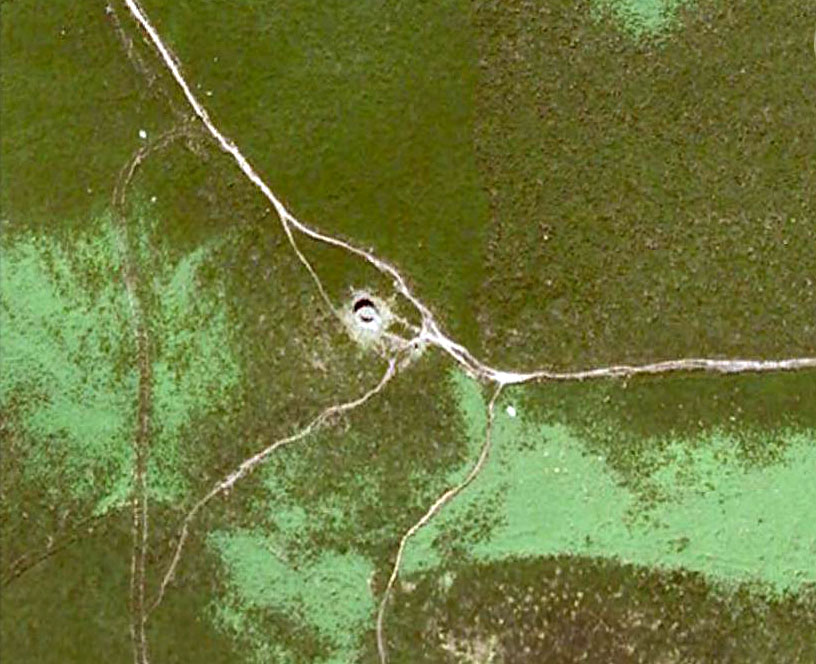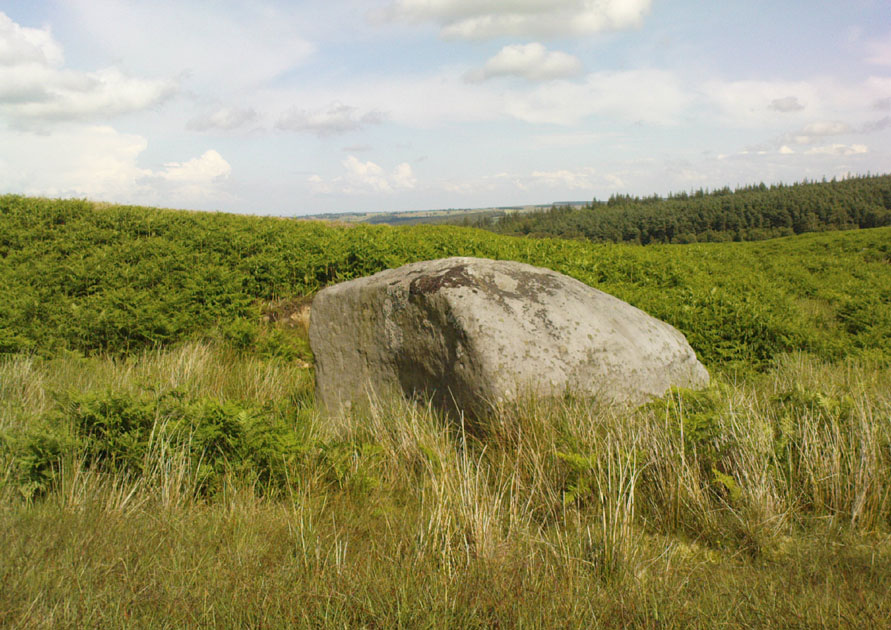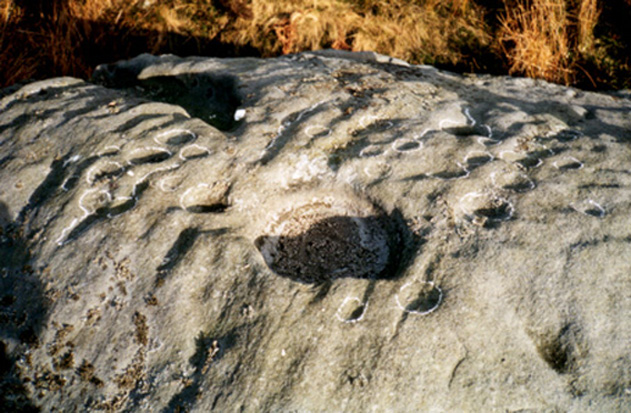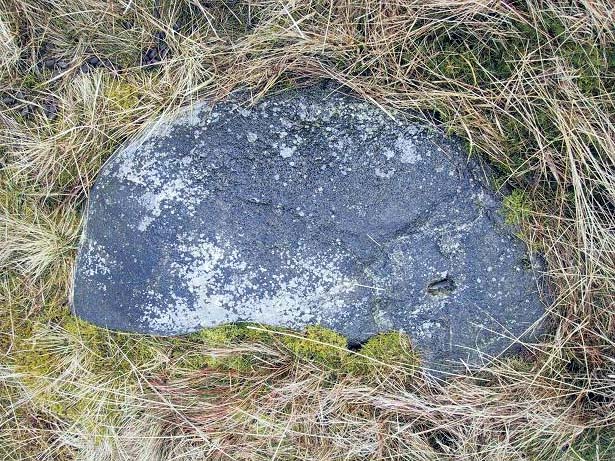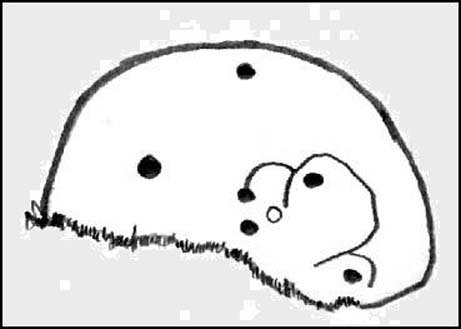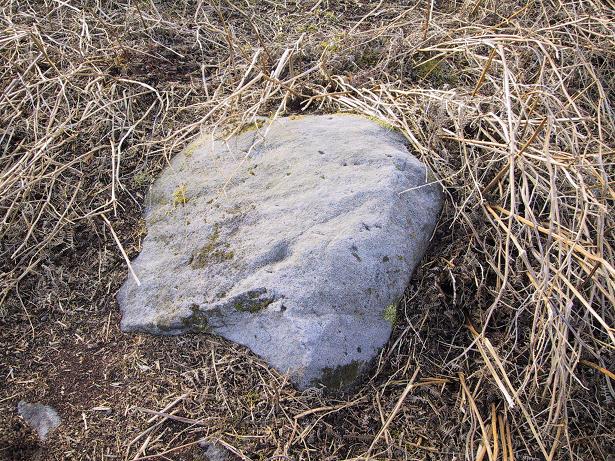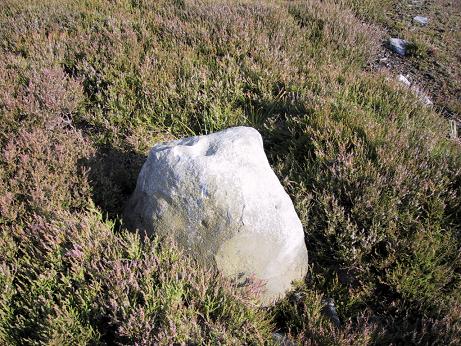Cairn (lost): OS Grid Reference — SE 18 53
Archaeology & History
Described in the Field Lore of Timble village by William Grainge (1895) are the names and short histories of some of the local place-names—with this in particular standing out like a veritable sore thumb! Quite plainly, as Grainge told us,
“The name ‘Longbarrows’ is indicative of some burial mounds of a very early day. None exist at present. The land is under the plough, and is about the best in the township.”
But I cannot locate the position of this long-lost site and it’s not shown on any of the early OS-maps hereby. Grainge said that the land on which it once stood was owned by a local farmer called Charles Dickinson, who leased it out to others. He wrote:
“Dickinson had in Longbarrows 3 roods* and 23 perches*, and William Jackson’s share in Longbarrows was 1 acre, 3 roods and 21 perches. Besides these, John Ward of Nether Timble had 1 rood and 17 perches int he same field, a long narrow slip without fence, between Dickinson’s and Jackson’s lots.”
Does anyone know where this was? One of my suspects is the gathering place of the Fewston witches, a half-mile south of the village; but no remains of anything can be found there today and I may just be barking up the wrong tree.
The area south and west of here is rich in little-known prehistoric heritage, from the cairn-fields of Askwith Moor, the cairn circle at Snowden Crags, the settlements of Snowden Carr and the extensive petroglyphs all over the place! Giants cairns of the early Bronze Age and neolithic period were also once more numerous upon the moors to the west and south, so the former existence of a long barrow in Timble wouldn’t necessarily be too unusual. But where was it?!
References:
-
Grainge, William, The History and Topography of the Townships of Little Timble, Great Timble and the Hamlet of Snowden, William Walker: Otley 1895.
* A rood is an English unit of area, equal to a quarter of an acre or 10,890 square feet; a perch was a more variable unit of measure, being lengths of 161⁄2, 18, 21, 24 and 25 square feet.
© Paul Bennett, The Northern Antiquarian
The map could not be loaded. Please contact the site owner.
